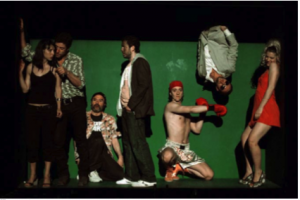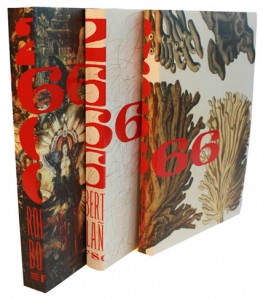So today The Millions revealed their top novel of the millennium (so far): The Corrections by Jonathan Franzen.
2666 comes in at #4 behind Edward P. Jones and Cloud Atlas. I love everything by David Mitchell, but there is no way in hell that The Known World and The Corrections are better than 2666. The readers’ poll also puts Junot Diaz’s odd vernacular at #1.
In response, I offer my own list. This is totally subjective and I have not read every novel published in the last 10 years, but that’s the point, right?
UPDATE: I decided to swap out Samaritan for Lush Life. I think I prefer the 2003 novel.
1. 2666 by Roberto Bolaño
2. Cloud Atlas by David Mitchell
3. The Echo Maker by Richard Powers
4. The Road by Cormac McCarthy
5. On Beauty by Zadie Smith
6. White Teeth by Zadie Smith
7. The Emperor’s Children by Claire Messud
8. Kafka on the Shore by Haruki Murakami
9. Europe Central by William T. Vollmann
10. The Human Stain by Phillip Roth
11. Look at Me by Jennifer Egan
12. Samaritan by Richard Price
13. Middlesex by Jeffrey Eugenides
14. Austerlitz by W.G. Sebald
15. Tree of Smoke by Denis Johnson
16. The Crimson Petal and the White by Michel Faber
17. The Blind Assassin by Margaret Atwood
18. The Time of Our Singing by Richard Powers
19. What is the What by Dave Eggers
20. The Last Novel by David Markson





